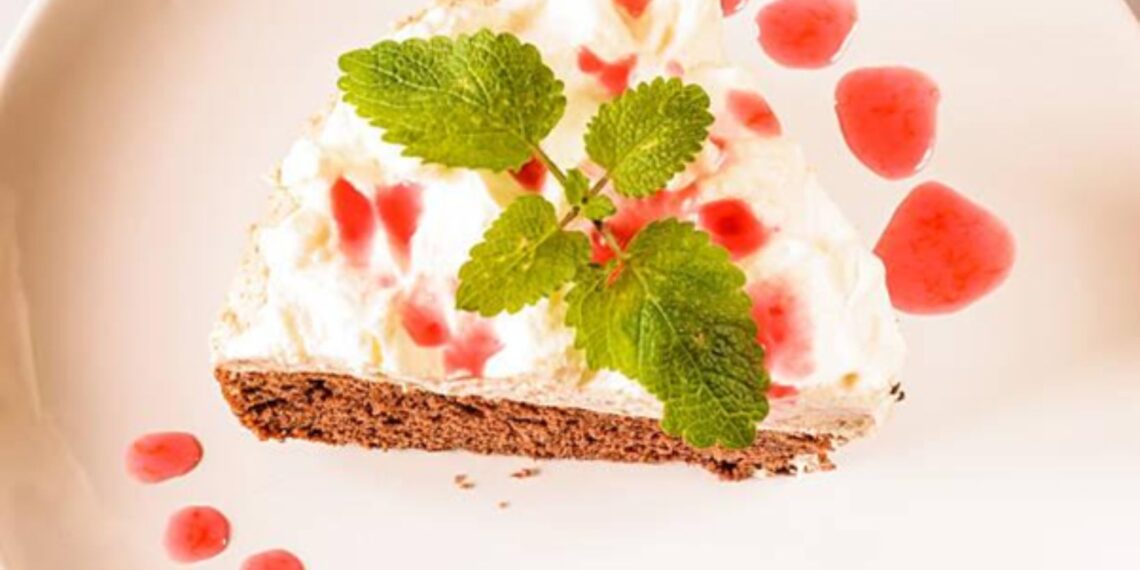While decorating garden borders with its gray-green leaves, currant sage conceals a culinary treasure just waiting to be unleashed. Beyond mere ornamentation, this humble herb shelters nuanced fruit, pine, and spice notes beneath an inconspicuous facade. But for those brave enough to look beyond the surface deep, currant sage promises to radically transform the dining experience with its clandestine flavors.
When pulled from the shadows and placed in the spotlight, currant sage shocks with layers of complexity too long kept under wraps. A gentle touch unleashes jammy, resinous essences that enrich without overwhelming. Finally allowed to shine, its restrained character bursts forth in a symphony of sensation that leaves questions in its wake – how did we ever cook without it?
This article unleashes creative ways to use currant sage in cooking.
Infuse Simple Syrup
By steeping fresh black currant sage leaves in a simple syrup made of water and sugar, you extract the herb’s vibrant essence to infuse into beverages. The fruity green notes of currant sage mingle seamlessly with the sugary liquid.
For an herbal twist, you can use the infused simple syrup to sweeten iced tea, fresh lemonade, or cocktails. Additionally, you can drizzle it over pancakes, waffles, or ice cream sundaes to accentuate the herb’s bright, currant taste and glaze fruits like berries.
Rub for Pork Chops
A savory currant sage rub is an exceptional way to season pork chops before grilling or pan-searing.

Its bold flavor makes it a stand-out ingredient for making tasty dishes. Here is a simple procedure for using currant sage when seasoning pork chops.
- In a medium bowl, stir together 2 tablespoons of dried currant sage, 1 tablespoon of brown sugar, 1 teaspoon of coarse salt and black pepper, and 1/2 teaspoon of crushed fennel seeds.
- Pat the rub all over the chops.
- Cook as desired, basting occasionally with any pan juices. The rub caramelizes into a delicious crust while keeping the meat juicy inside.
- Enjoy with buttery mashed potatoes for a complete meal.
Conserve for Charcuterie Boards
Currant sage is a unique and versatile ingredient that adds depth and intensity to your charcuterie boards. Homemade currant sage conserve adds another dimension to an artisanal cheese and charcuterie spread. Here is an easy way to use currant sage in your charcuterie board.

- Combine 1 cup fresh currant sage leaves, 1 cup dried currants, 1 cup white balsamic vinegar, 3/4 cup honey, 1⁄4 cup water, 1 teaspoon lemon zest, and 1⁄4 teaspoon salt in a small saucepan.
- Bring to a boil, minimize heat, and simmer until thickened, stirring often for 15-20 minutes.
- Remove from heat and let cool to room temperature before transferring to a jar.
- Refrigerate for up to 3 weeks.
Serve the conserve alongside cured meats, hard cheeses, crackers, and nuts for an elegant snack or appetizer. Its sweet-tart flavor is a wonderful pairing.
Pizza Topping
Charred currant sage creates an incredible contrast when sprinkled atop fresh tomato pizza. The robust smoke aroma of blackened currant sage leaves heightens the natural sweetness of ripe tomatoes.
Baked onto the pizza until crisp, the charred herb edges develop a toasty savoriness that lifts the whole pie to new gustatory heights. Therefore, after rolling out your pizza dough, top it with sauce, mozzarella, and fresh sliced tomatoes. Next, cut 10-12 fresh currant sage leaves into thin chiffonade strips using kitchen shears.

Lastly, evenly distribute the currant sage strips over the tomato topping and bake as usual until the crust is crisp and the cheese is bubbly. The charred edges of the herb add a touch of smoke that enhances the tomatoes and lifts the whole pizza to the next level.
For best results, use a sharp pair of kitchen shears to mince the sage into thin chiffonade ribbons before distributing them evenly over the tomato-topped crust. Even a few clipped leaves make a world of flavor difference.
Compound Butter
Whisking currant sage into softened butter makes an easy herb butter for spreading on steaks, salmon filets, bread, or vegetables before roasting. Below is a simple recipe to guide you in making compound butter in your kitchen.

- In a small bowl, mix six tablespoons unsalted butter at room temperature with 2 tablespoons minced fresh currant sage and a pinch each of salt and pepper.
- Transfer the herb butter onto a piece of plastic wrap or roll it into a log about 1 inch in diameter.
- Twist the ends to seal.
- Refrigerate until firm, at least 1 hour, then slice and serve.
Conclusion
Whether using fresh or dried leaves, try infusing simple syrup, baking it into pizza, mixing it into butter and rubs, or making conserve – currant sage adds layered flavor with just a touch. Therefore, get creative in the kitchen and savor its subtle yet distinctive taste in new dishes.
With so many options, you will find combinations that become go-to favorites featuring this often-overlooked herb.














